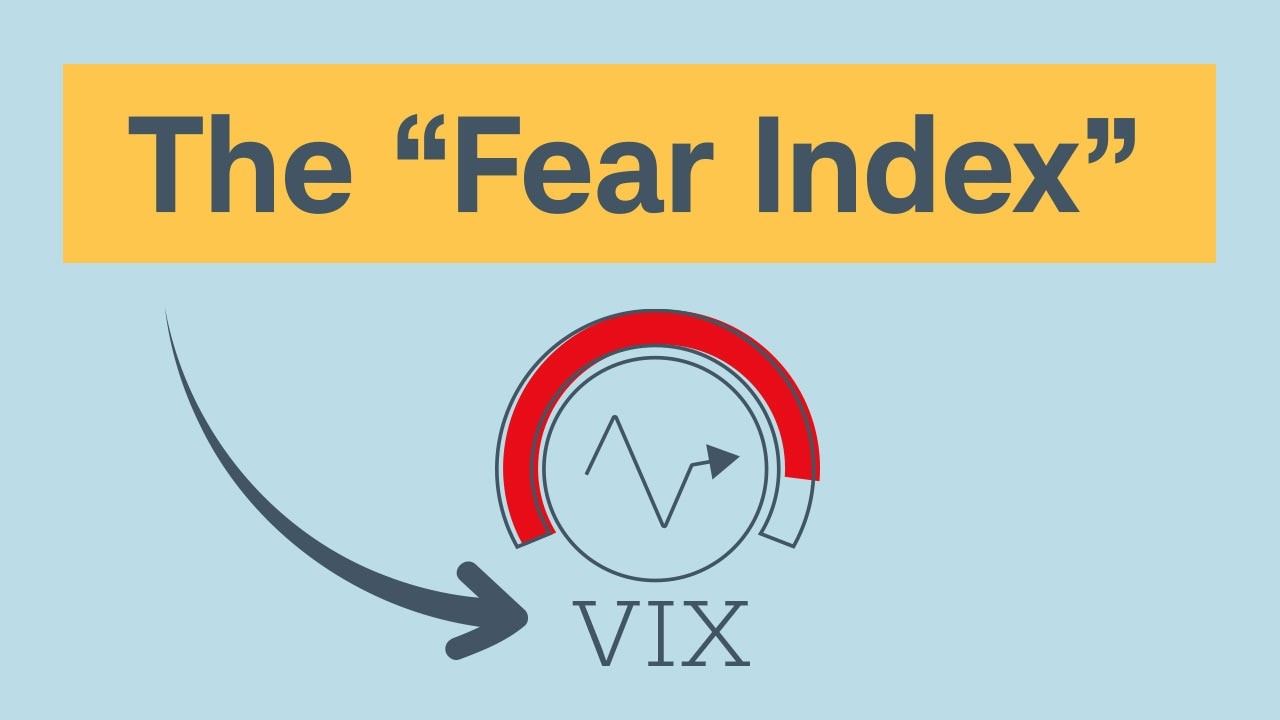Description

Disclaimer: Copyright infringement not intended.
Context
- The India VIX, known as the Fear Index, experienced a notable surge on May 6, reaching as high as 15 percent to 16.58. This surge prompted caution among experts, particularly regarding large leveraged positions.
India VIX
- VIX stands for Volatility Index. This tells that India VIX is nothing but India Volatility Index.
- It tells about the volatility which can be expected by the investors in the Indian market.
- In simpler terms, volatility is referred to as the “rate and magnitude of changes in prices" expected in either direction.
- Originally, VIX is a trademark of the Chicago Board Options Exchange.
- The National Stock Exchange of India (NSE) has been granted a license to use this mark with the name of India VIX.
- The calculation of this volatility index is done with the help of the NIFTY Index Option prices.
- It is the representation of the annualized change that can be expected in the Nifty 50 for the duration of the next 30 days. Do focus on the word annualized change. Let’s take an example to make it clearer.
- Suppose India VIX is 20.97%. That means for the next 30 days, Nifty 50 is expected to move in either direction by the investors by an annualized rate of 20.97%. The value of VIX cannot go below 0 and cannot exceed 100.
Impact of VIx
- It has been seen previously that VIX and Nifty move in opposite directions. We saw the biggest example of this during Covid-19 last March. On 24th March 2020, India VIX touched the mark of 83.63! This is when the market was unpredictable due to the Covid-19 lockdowns around the world.
- But, do not judge the direction of the market with the movement in VIX. The India VIX will only tell how big a move can happen in the market irrespective of the direction.
- The higher the VIX, the higher the risk is for retail investors. Equities may not be a very safe asset class when VIX is unusually high. India VIX is said to be normal if it is around the 20-mark, which it is currently at as of April 2021.
Importance of India VIX Index
- The India VIX is a crucial gauge reflecting investor sentiment and risk perception.
- A high India VIX suggests an expectation of substantial market shifts, signaling a volatile period where investors anticipate significant price fluctuations.
- Conversely, a low India VIX indicates a market anticipating minimal changes, portraying a period of relative stability where investors foresee limited volatility. In essence, the India VIX serves as an important indicator of the perceived risk and helps market participants make informed decisions based on the expected level of market turbulence.

How to use India VIX for Trading
- While talking about India VIX usage, it is important to note that it serves various purposes in the market.
- For equity traders, it's a reliable risk indicator, helping intraday and short-term traders adjust their strategies based on increasing or decreasing market volatility.
- It's particularly valuable for managing stop losses during potential spikes in volatility. Long-term investors, although less affected by short-term fluctuations, find the VIX useful as a signal for risk management.
- Institutional investors may adjust hedges when the VIX suggests rising volatility. Options traders leverage VIX insights to make decisions—increased volatility makes options more attractive for buyers.
- Additionally, the VIX can be a tool for trading volatility directly, and its correlation with index movements aids index trading and guides portfolio managers in adjusting stock exposures based on VIX peaks and troughs.
RECENT VIX FINDINGS
The rise in VIX marks a sharp rebound from the five-month low of 9.85 recorded on April 23. Such volatility spikes are typical during general elections.
Expert Recommendations
Experts advise against panic but suggest prudent risk management strategies in response to the increased volatility.
- Reduce Leveraged Positions: Experts recommend reducing highly leveraged positions to mitigate risk.
- Utilize Hedges: Utilizing hedges can help manage volatility effectively in uncertain market conditions.
Technical Analysis
- Confirmation of Weakness: High VIX levels confirm weakness in the broader trend, particularly with increased addition in put options.
- Technical Setup: Bagkar notes profit booking conditions on the Nifty index, indicating potential market adjustments.
Nifty Trading Range
Derivative Research at JM Financial, provides insights into Nifty's trading range and potential portfolio adjustments.
- Key Levels: It suggests monitoring the 22,000-23,000 trading range for Nifty, indicating opportune moments for position adjustments.
- Portfolio Strategy: Within the broader range, opportunities exist for adding quality stocks below 22,000 and considering profit-taking above 23,000.
Perspective on VIX
Despite the surge in VIX, Bhatt remains cautiously optimistic, citing historical trends and election-related volatility.
- Historical Context: VIX historically rises ahead of elections, and the current surge may not necessarily indicate significant corrections.
- Market Direction: Regardless of market direction, VIX levels historically rise to above 22-24 levels ahead of elections.
|
PRACTICE QUESTION
Q. Explain the significance of VIX, commonly known as the Fear Index, in financial markets. Discuss how VIX reflects market sentiment and volatility. Evaluate its implications for investors in managing risk and market stability.
|













